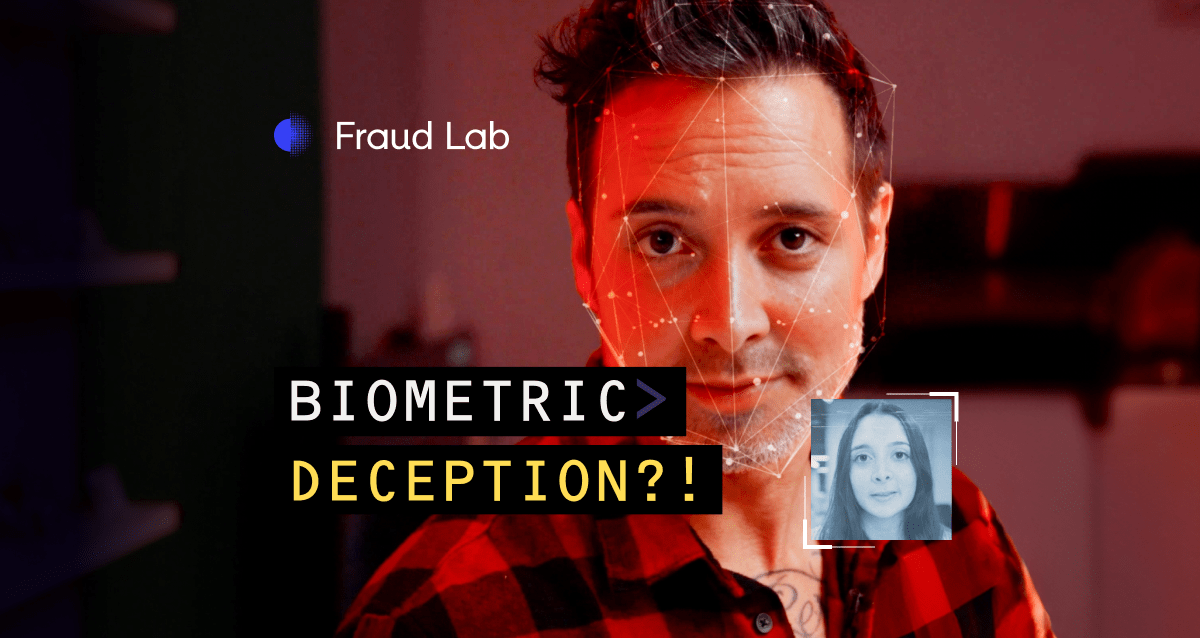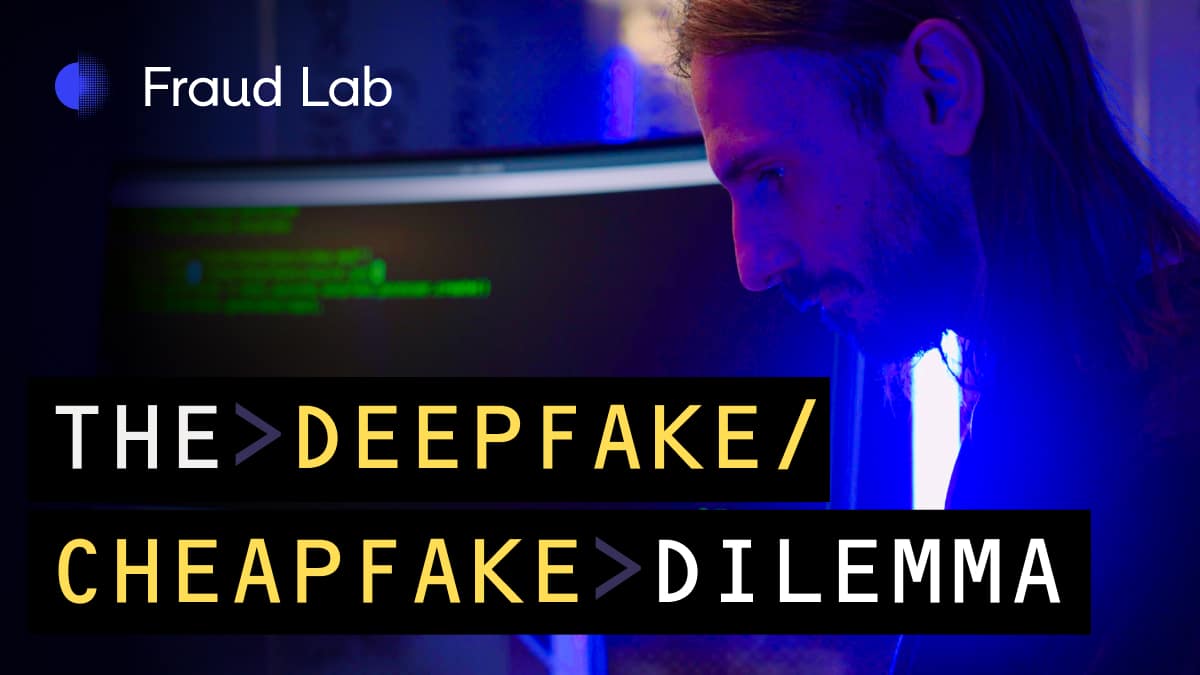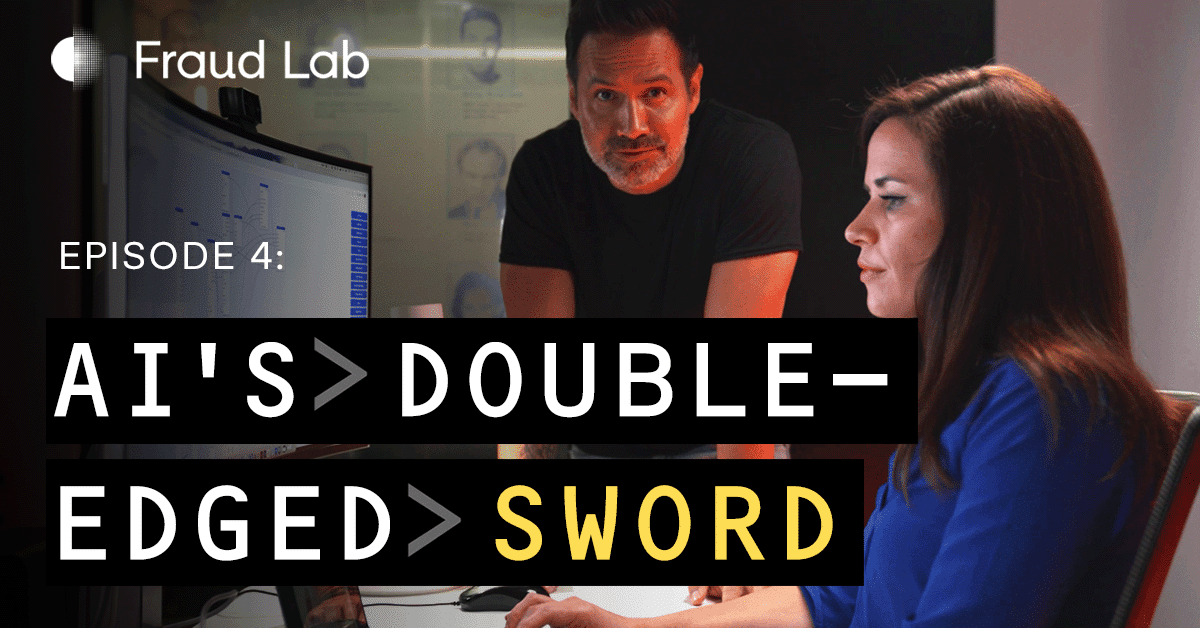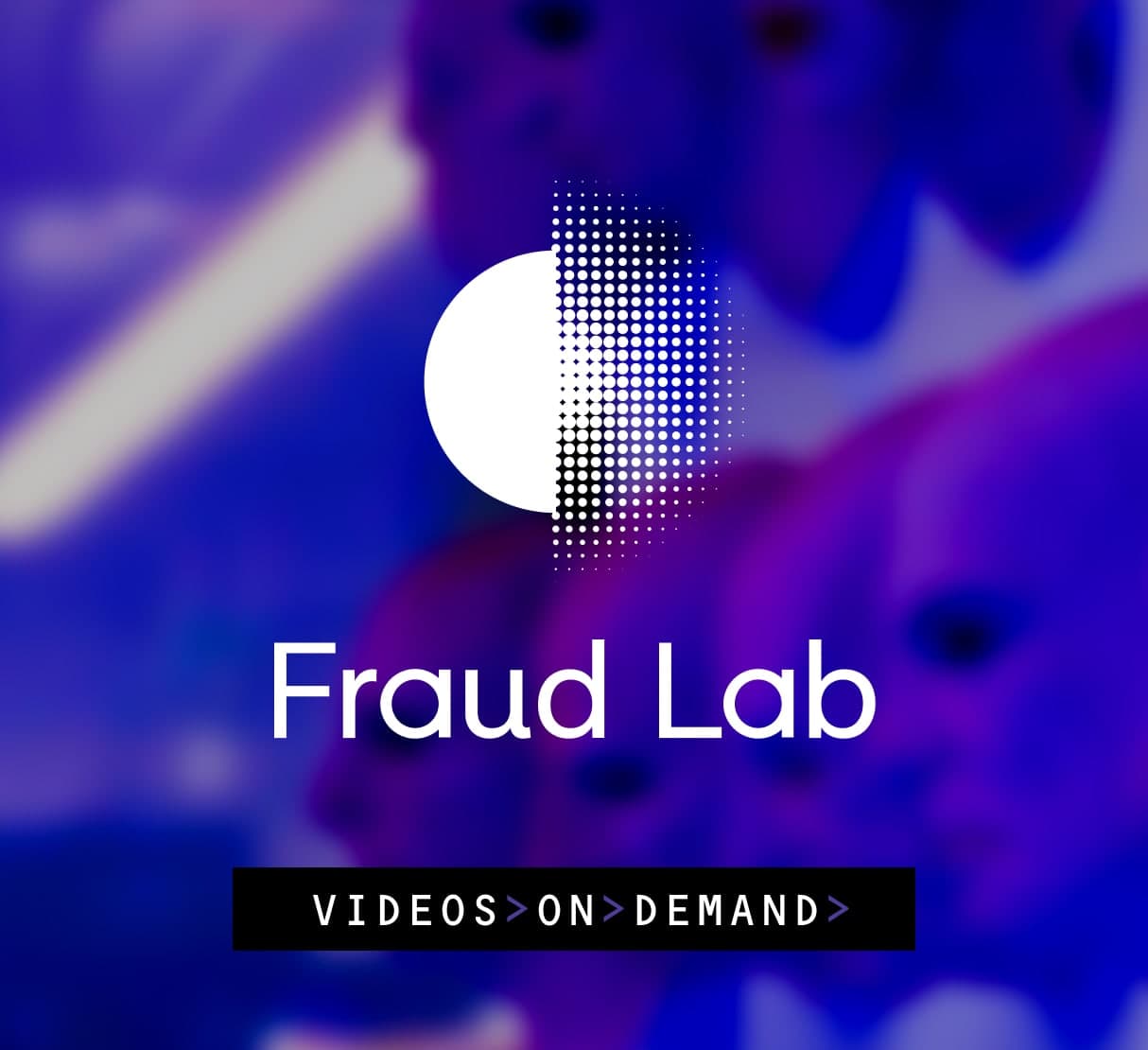Episodes

Phishing for trouble: What's the key to navigating fraud?
Join us inside Onfido's fraud lab to learn the standard terminology of today's fraud approaches, how fraud spreads in modern fraud rings, and some strategies you can use to navigate those approaches.

The biometric deception: Is identity fraud on the rise?
In a world where our fingerprints, faces, and even our heartbeats can be used as keys to our most sensitive information the stakes have never been higher. What if these keys can be stolen or replicated? What if the very features that make us unique become the tools of fraudsters? Watch as we take a journey into the world of biometric fraud and find out.

The deepfake/cheapfake dilemma: Unmasking the new avenues of fraud
Imagine someone perfectly mimicking your voice, putting words in your mouth that you've never spoken. Or witnessing videos that look real but are entirely fabricated. These are the dark arts of deepfakes and cheapfakes, and they have the power to deceive, manipulate, and destroy. Watch as we unmask the new world of fraud.

AI's double-edge sword: A blessing and a curse
AI has revolutionized many aspects of our lives, from self-driving cars to online avatars. Watch as we dissect the extraordinary ways AI is used to combat fraud and deception, as well as the darker side of AI, where fraudsters harness its capabilities for their malicious schemes

Guarding against fraud: What impact does it have on you?
In this episode, we take a look at the financial implications, personal or business privacy concerns, and even the psychological toll that falling victim to fraud can have on individuals and families. Watch as we venture into this essential exploration of the human side of fraud


